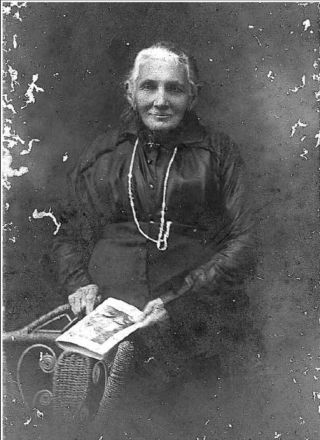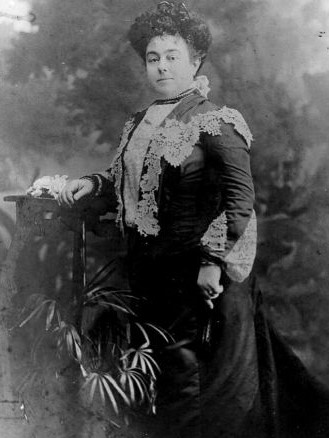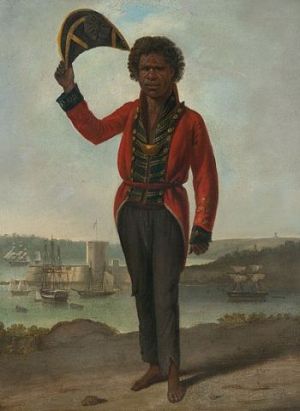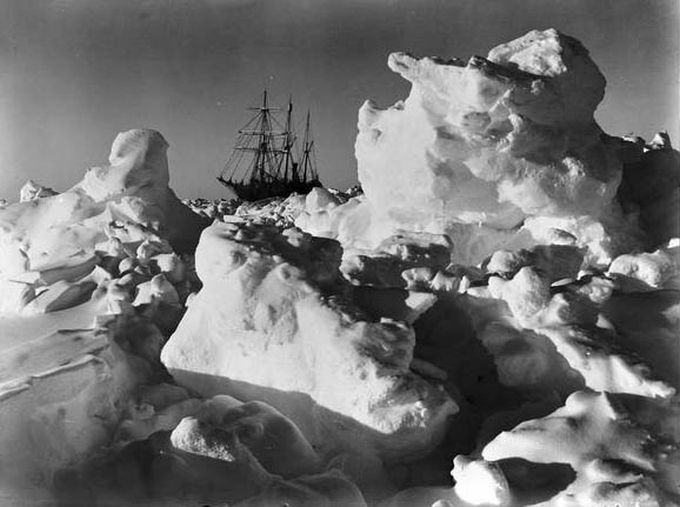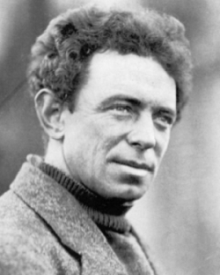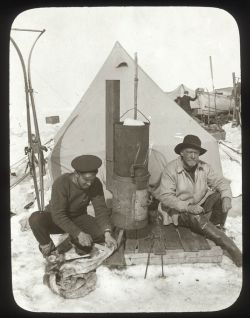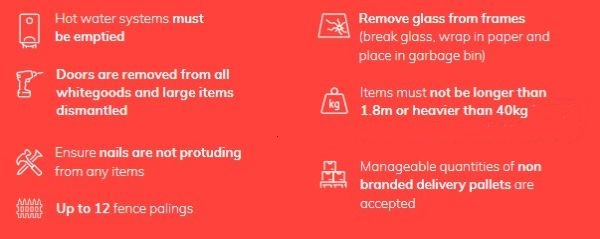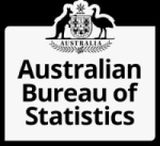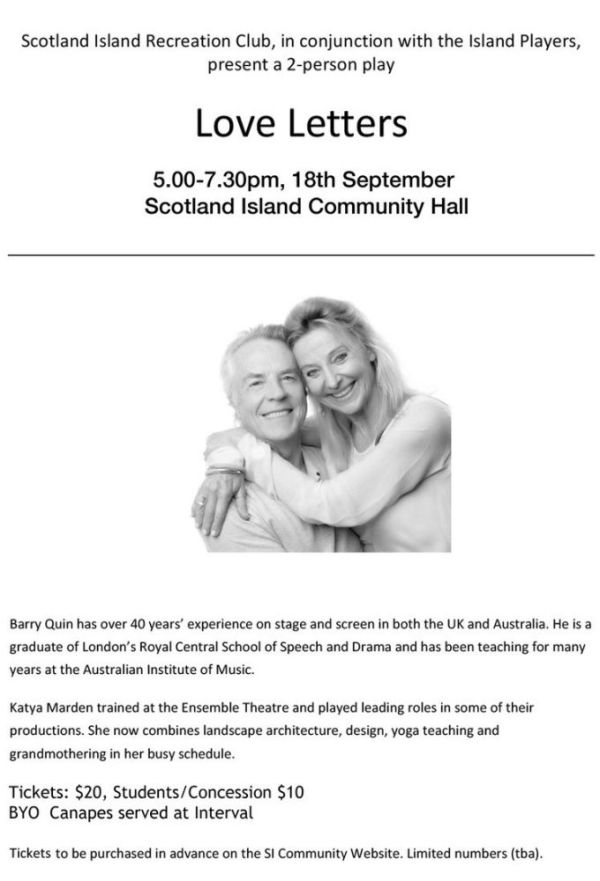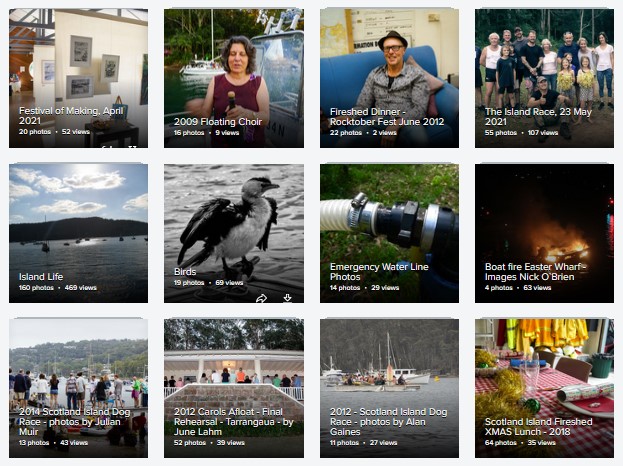| Having trouble reading this newsletter? Visit https://ymlp.com/archive_gesgjgm.php | ||||||||||||||||||||||||||||||||||||||||
 |
||||||||||||||||||||||||||||||||||||||||
August 1, 2021 |
||||||||||||||||||||||||||||||||||||||||
|
Newsletter for the
Offshore Residents of Pittwater, Australia - Volume 22,
Issue 1159
We acknowledge and pay our
respects to the Traditional Custodians of
Pittwater, as well as our indigenous readers
|
||||||||||||||||||||||||||||||||||||||||
Contents
The Two Catherines MeetA drama for the offshore community
‘We are more alike,
my friends, than we are unalike.’
These words, taken from
the poem Human Family by civil
rights activist Maya Angelou, posit a claim that might
not always seem true here on Pittwater. Offshore
living makes us to rub up against others more than we
otherwise might. Because we don’t choose our
neighbours, community living requires a constant
navigation between differences and commonalities. And
now we have an additional challenge that could, in the
months to come, tell us more about what unites and
divides us.
These are questions Robyn
poses. On behalf of SIRA, Robyn is applying to
Northern Beaches Council for a grant, the purpose of
which is to fund a play, to be performed on Scotland
Island. This will imagine a meeting between the two
Catherines. In the process Robyn hopes to organise
workshops dealing not only with Pittwater history but
also the art of theatre. These will enable us to
interrogate Angelou’s claim, exploring the extent to
which difference can be accommodated in community. In many ways Angelou’s
poem seems peculiarly apposite to the project. Angelou
was interested in gender, particularly experiences
common to women. Her poem speaks of women who, like
our Catherines, share a name. But what underlies
superficial commonalities such as name and sex?
Angelou was also concerned
with race. Catherine Benns was Aboriginal. Catherine
Bouffier was white. The paradigm of human contrast is
that between the European settlers of this land and
its indigenous peoples. But were those differences
more than skin deep? But even in her dotage
Benns was still ‘Queen of Scotland Island’. Perhaps
she was fond of recounting how, only a century
earlier, her direct forebear, Bungaree, had been
dubbed ‘King of the Blacks’ by the invading British.
By all accounts Benns was ‘of gentle manners’.
Possibly she inherited her affability from Bungaree, a
man so well versed in rapprochement that Matthew
Flinders recruited him for his 1801 circumnavigation
of Australia.
Imagine this diminutive
woman meeting Catherine Bouffier. On the surface they
would have had little reason to be friends. Benns was
the daughter of an indigenous woman and a convict,
while Bouffier’s parents were free settlers. A
businesswoman of considerable renown, Bouffier would
have been more comfortable at an international wine
festival than in the back of Benns’ rowing boat.
What’s more, Bouffier’s daughter, Florence, was about
to marry Herbert Fitzpatrick, the man responsible for
developing the island and much of the western
foreshore. Would Benns have seen this as the final
stage in her people’s displacement from their
ancestral lands? To read more about
Catherine Benns (often spelt Bens) and her ancestry,
click here.
To read more about
Catherine Bouffier and her family, click here.
Roy Baker
 Expressions of InterestCreative script writer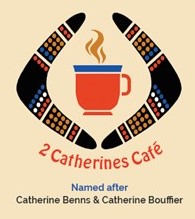 Scotland
Island Recreation Club is looking for a script writer for
a short play (up to one hour) on two women who were
important to the island. Scotland
Island Recreation Club is looking for a script writer for
a short play (up to one hour) on two women who were
important to the island. Catherine Ferdinand (1838-1920), an Indigenous woman from the Hawkesbury River, traded in shells/oranges, and met and married Joseph Benns, a Belgian mariner. Joseph had leased Scotland Island and Catherine moved here in 1862, becoming a midwife among the offshore community. A descendant of her family will be involved in providing information on Catherine, as well as advice and clearance on cultural issues. Catherine Gattenhoff (1857-1940) was born in Australia to German parents and married a German vigneron, Frank Bouffier. When Frank died in 1898, he left the family business to his wife. She ran it successfully. A relative of Catherine Bouffier is available as an advisor. Catherine Bouffier was the mother-in-law of Herbert Fitzpatrick, who developed Scotland Island and Elvina Bay for housing during the 1920s. He named Catherine Park on the island after her. As far as we know the two Catherines never met, so the challenge is to create a story around them. We have photos and information to share. We also have a professional TV and movie script writer on the island who will act as a mentor and offer guidance. Initially, there will be historical workshops that the writer would be expected to join in. Once the script is developed a director will be chosen and we will run acting and musical workshops. There will be a $3000 payment for the writing of the script. An application for a grant to fund the project has been submitted to Northern Beaches Council. Please call me (0425 216350) or email me (rriredale@gmail.com) if you are interested or have any suggestions. Robyn Iredale  Photography or Fakery?Our offshore link with one of Australia's preeminent photographersRoy Baker
One so rarely hears of
connections between Scotland Island’s Catherine Park and
the frozen wastes of Antarctica. But the two are
related, as any student of photography should realise. Catherine Park is, as you now know, named after Catherine Bouffier, mother-in-law of Herbert Fitzpatrick. He was the man who subdivided the island in the 1920s, shaping it into what it is today.
Catherine's life was not
always easy, and 1898 was a particularly difficult year
for her. First, her husband died, leaving Catherine with
four young children. Then, later in the year, her father
also died. Between these events Catherine received the
news that her thirteen-year-old nephew had run away from
home. Fortunately he returned unharmed two years later,
and this early act of rebellion foreshadowed a life of
unparalleled adventure. His name was Frank Hurley, and
he was to become one of Australia’s most famous and
controversial photographers.
For five months the men drifted on pack ice. Then, in a desperate bid for survival, Shackleton left with a small group of men to attempt one of the great feats of human endurance: sail an adapted lifeboat 1,300 km across open ocean to South Georgia, then walk across the island in search of rescue. Shackleton succeeded, but he had left a contingent of 22 men, including Frank, to endure an Antarctic winter. For four months Frank and his comrades awaited their fate, not knowing whether Shackleton would ever return. Then, in August 1916, Shackleton finally brought relief. Shackleton’s tale has received many retellings, including here. Hurley went on to enjoy a
long career in photography before retiring to Collaroy
Plateau. He was an innovative photographer. For
instance, in the 1920s he found a way to create the
illusion of undersea photography by means of an
aquarium, well before underwater cameras were developed.
Hurley was appalled, given
the risks he had taken on the battlefront to capture the
images that make up his compositions. In his defence,
Hurley cited comments overheard from soldiers attending
his exhibition. They, he said, could see in his work a
greater reality, one that simply couldn’t be captured by
the cameras of the day. And certainly Frank’s photos
have survived as some of the most memorable images of
the 20th century.  Scotland Island Lockdown Activity Quiz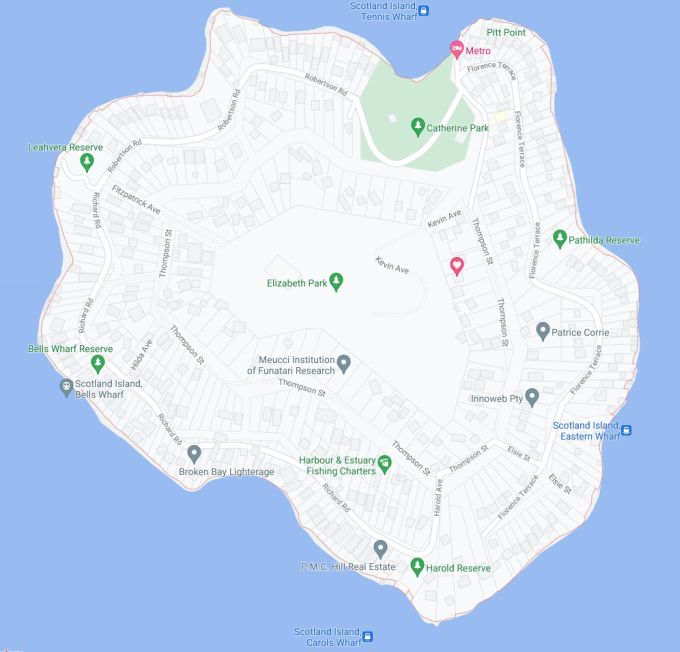 With gyms and bootcamps closed and children at home, this month's PON brings you something to get you or your family up and about around Scotland Island. This quiz involves ten multiple-choice questions, and you will only be able to answer them by walking or running around Scotland Island's public paths and roads, looking for answers. There's a prize!The first person to email me with proof that you have all ten questions right wins a free Zoom group exercise class run and donated by Andy Derijk of Fitter Forever. These classes run Mondays and Thursdays from 7 - 7.45 am. (Value $15).Quiz rules: 1. The prize goes to the first person to email evidence of ten correct answers to the quiz questions. One of two forms of proof is needed: the answers (set out in an email) or a screen grab showing a 10/10 score. Email to editor@scotlandisland.org.au. 2. The Zoom bootcamp is limited to persons aged 16 and older. If the prize is won by a younger person then that person may nominate a parent or older family member for the prize. 3. You may attempt the quiz as many times as you like. The quiz starts now! To access the questions click here. If you prefer to access the questions in pdf form, click here. 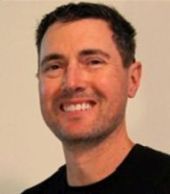 About Andy Derijk: Andy is a qualified fitness instructor. When COVID restrictions allow, Andy runs exercise classes in Elvina Bay from 7 - 7.45 am, Mondays and Thursdays. (These are currently suspended for the duration of the lockdown.) Andy also offers personal training sessions. Phone: 0418 613890. Email: andy@fitterforever.com.au. Website: Fitter Forever.  Catherine Park Playground EquipmentA note from SIRA to parents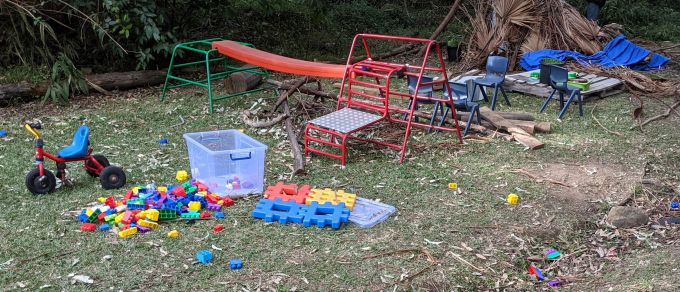 There was an incident
recently when toys and play equipment were removed from
the Scotland Island Recreation Centre (old kindy)
playground and shed and left strewn around Catherine
Park and the adjoining mangroves.
SIRA is very happy for
island children to use the equipment kept behind the old
kindy and in the shed but it needs to be done
respectfully.
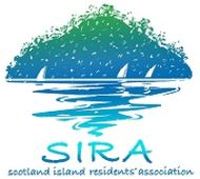 In
future, we ask that parents please ensure that their
children understand that anything they find inside the
kindy fence may be taken for play activities in and
around the park, but it must be returned to
within the kindy perimeter fence by the end of each day. In
future, we ask that parents please ensure that their
children understand that anything they find inside the
kindy fence may be taken for play activities in and
around the park, but it must be returned to
within the kindy perimeter fence by the end of each day.As from today the kindy
shed and roller door at the back of the building will
both be locked. If anyone would be willing to facilitate
play groups using the equipment in the kindy shed then
please contact SIRA.
Thank you
Colin Haskell, President
COVID Speed AlertA note from SIRA to drivers With the COVID lockdown
there are more children playing on island roads, as well
as pedestrians out and about.
Please remember the island
speed limit: 20 kph. We ask that you drive with care,
especially on steep hills and at corners. This is for
the well-being of drivers and their passengers, as well
as other road users.
Thank you
SIRA Road and Environment
Sub-Committee
 Bulky Goods Collection ServiceWeek commencing 9 August 2021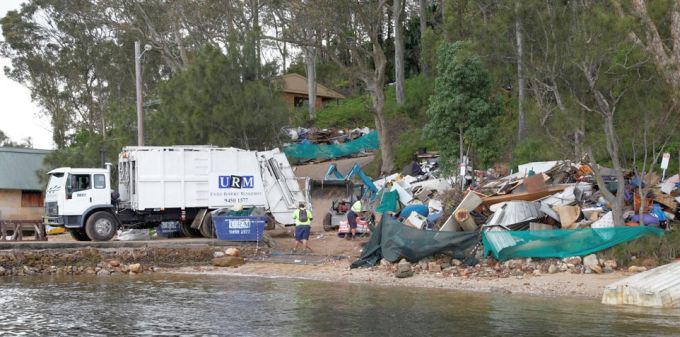 Offshore communities
receive two scheduled bulky goods collections per year.
These are organised by Northern Beaches Council. The
next collection commences Monday, 9 August 2021.
Materials must only be placed out the weekend before
this date. Fines apply for illegal dumping.
Scotland Island
residents: collection is from the roadside
only. The maximum amount is 3 cubic metres. Do not place
materials at public wharves and jetties.
Mackerel Beach
residents: place materials within the
temporarily fenced grassed area at the southern side of
the public wharf. There will be a separate fenced
section for metals.
Other western
foreshore residents: place materials at the
public wharves. Alternatively, if you have a private
wharf waste collection service and year-round tidal
access then you may place your material on your
wharf/jetty/pontoon.
Preparing your material for collection:
|
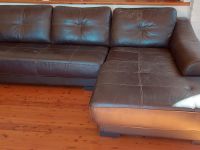 |
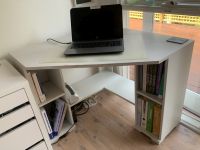 |
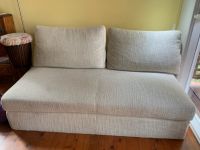 |
| Large modular 4 seater brown leather lounge for sale, good condition $350 | Corner IKEA desk with book shelves, very good condition $40 (doesn't include drawers) | Two-seater lounge, good condition, really comfortable $75 |
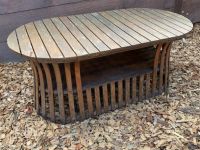 |
 |
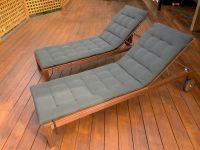 |
| Outdoor side table, needs some TLC, but a really pretty table $15 | IKEA wooden wardrobe with 5 interior shelves, excellent condition $30 | Near new sun loungers with black cushions and weatherproof covers, excellent condition $140 each ($220 each new) |
Septic Pump-out
Wanted: Filing Cabinets
Missed out on a previous newsletter?
To Contribute
If you would like to contribute to this newsletter, please send an e-mail to the editor (editor@scotlandisland.org.au).Subscription Information
To subscribe or unsubscribe, go to: http://www.scotlandisland.org.au/signup.Follow the PON
 |
 |
 |
The Online Local Contacts Guide
Click HERE to load
Pittwater Offshore Photo Gallery

